Guide to Understanding Job Descriptions
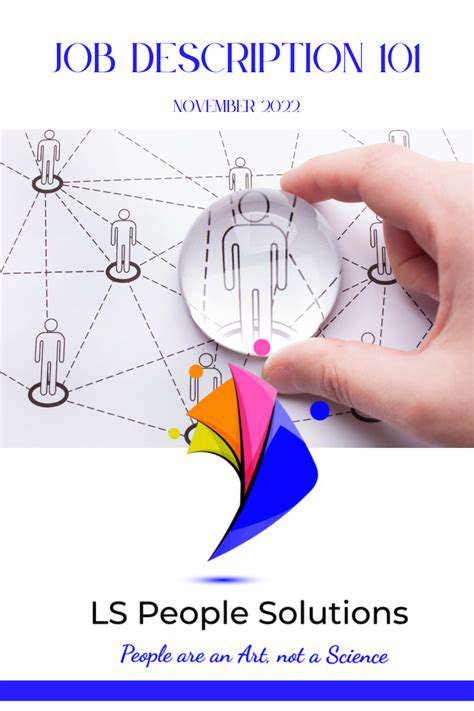
Dissecting the Key Components of a Job Description
Understanding the Importance of a Clear Job Title
A well-crafted job title is more than just a label; it's a concise summary of the role's core responsibilities. A clear and accurate job title immediately communicates the nature of the position to potential candidates, helping to attract those with the right skillset and experience. It also serves as a vital component of internal and external communication, ensuring everyone understands the specific role within the company's structure. Failing to clearly define the job title can lead to misinterpretations and ultimately, a less effective recruitment process.
Consider a job title like Senior Marketing Manager. This title immediately suggests a level of experience, responsibility, and the general focus of the role. A less descriptive title, like Marketing Associate, conveys a different career stage and a different set of expected responsibilities, thus attracting a different pool of candidates. A well-defined job title is a critical first step in attracting top talent.
Defining Essential Job Responsibilities
Detailed job responsibilities are the backbone of a strong job description. These meticulously outlined tasks not only inform candidates about the day-to-day work but also serve as a crucial benchmark for performance evaluation. Clearly defining responsibilities ensures that everyone, including the candidate and the hiring manager, has a shared understanding of the expectations associated with the role. This prevents misunderstandings and sets a foundation for success.
Outlining Required Skills and Qualifications
This section is crucial for attracting the right candidates. It lists the specific skills, knowledge, and experience necessary to excel in the position. This might include technical expertise, soft skills, certifications, or specific software proficiency. By clearly stating the required qualifications, employers can efficiently filter candidates and focus on those who possess the necessary attributes to succeed in the role. This section should be precise and avoid ambiguity to ensure that the right people apply.
Providing examples of specific software or tools used within the role can further clarify the required technical skills, helping candidates gauge their compatibility with the position.
Highlighting Required Experience and Education
The experience and education requirements are integral to ensuring that candidates possess the background knowledge and practical skills needed for the position. This section specifies the level of experience (e.g., entry-level, mid-level, senior-level) and any required certifications or degrees. This section should clearly articulate the minimum level of experience and education needed to be considered for the role, helping to streamline the application process and ensure a strong pool of qualified candidates.
Describing the Company Culture and Values
A compelling job description goes beyond the technical aspects of the role. It includes a glimpse into the company culture and values. This section can highlight the company's mission, work environment, and employee benefits, giving candidates a sense of the overall work atmosphere. Sharing insights into company culture can attract candidates who align with the company's values and create a stronger connection with the organization.
This can be achieved through vivid descriptions of the company's work environment, including examples of team-building activities, employee recognition programs, or a focus on work-life balance. Such details can paint a more complete picture of the company and its values, making the description more engaging for potential candidates.
Detailing Compensation and Benefits
Transparency regarding compensation and benefits is essential. Listing salary ranges, health insurance options, retirement plans, and paid time off helps candidates assess the overall value proposition of the role. This section should be clear, concise, and honest about the compensation package, allowing candidates to make informed decisions about applying for the position. This section is crucial for attracting and retaining top talent.
Addressing the Application Process and Contact Information
A clear and straightforward application process is key to a successful recruitment strategy. This section should detail the necessary steps for applying, such as submitting a resume and cover letter, and any specific requirements for the application. Providing contact information for inquiries about the position is also critical, allowing candidates to reach out with any questions or concerns. A detailed and accessible application process encourages a higher volume of applications from qualified candidates.
This section should also mention timelines for the application process, if applicable. This helps candidates stay informed about the progression of their application and allows the hiring team to manage expectations more effectively.
How to Use Job Descriptions Effectively in Your Job Search
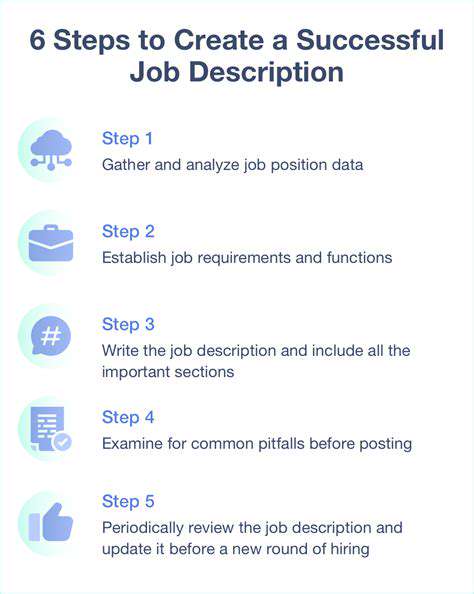
Crafting Compelling Job Titles
A well-crafted job title is crucial for attracting the right candidates. It should accurately reflect the role's responsibilities and be enticing enough to pique interest. Consider using action verbs to highlight the key tasks and responsibilities, making the title more engaging and descriptive. For example, instead of Administrative Assistant, try Executive Administrative Assistant or Project Coordinator. This helps to differentiate your role and attract candidates with the desired skill set.
Thorough keyword research is essential. Identifying relevant keywords for your industry and specific role can significantly improve your job posting's visibility in online job boards and search engines. This targeted approach ensures that qualified candidates will find your opening.
Highlighting Key Responsibilities
Clearly outlining the responsibilities of the position is vital for attracting suitable candidates. A detailed job description should go beyond a simple list; it should paint a picture of the role's day-to-day activities and the impact the employee will have on the company. Provide concrete examples and quantify achievements where possible. This allows candidates to assess whether the role aligns with their skills and career aspirations.
Detailing Essential Skills and Qualifications
Listing the necessary skills and qualifications is a critical part of a strong job description. This section should be specific and tailored to the specific requirements of the role. Avoid vague terms and instead use measurable and quantifiable criteria to evaluate candidates. For instance, instead of excellent communication skills, specify proven ability to present complex information clearly and concisely to diverse audiences.
Include any required certifications, licenses, or educational backgrounds. Be precise in your requirements, as this section directly impacts the candidate selection process.
Defining the Ideal Candidate Profile
Describing the ideal candidate profile is a valuable tool for attracting candidates who are a good cultural fit for your company and the specific role. This section should showcase the company's values and the type of person you're looking to hire. Highlighting the company culture and values helps attract candidates who align with your company's mission and vision.
Describing the Company Culture
A compelling job description should not just focus on the role; it should also showcase the company culture. Highlighting the positive aspects of your company's work environment can attract candidates who are looking for a supportive and inspiring place to work. Demonstrate that your company values employee well-being and growth by mentioning any employee benefits or perks.
Include details about team dynamics and the company's overall work atmosphere. This will help potential candidates envision themselves working within your organization.
Setting Clear Expectations and Compensation
Transparency is key in a job description. Clearly outlining the expectations for the role, including deadlines, performance metrics, and reporting structures, helps candidates understand the demands of the position. This transparency is crucial for a successful hiring process.
Providing a clear and competitive compensation range is essential. This helps candidates gauge the value of the position and their potential earnings. Avoid ambiguity in compensation details for a smooth and efficient recruiting process.
Enhancing the Job Posting with Visuals
Visual aids can significantly enhance a job posting. Including high-quality images or videos of the workplace, team members, or company events can create a more engaging and attractive experience for potential candidates. Using visuals also helps to showcase the company's personality and culture in a more compelling manner.
Consider adding a company video or a slideshow showcasing the workspace. These tools can help potential candidates envision themselves in the role and within the company.
Read more about Guide to Understanding Job Descriptions
Hot Recommendations
- How to Stay Productive While Working Remotely
- Tips for Managing Conflict with Coworkers
- Entrance & Certification Exams (升学考试)
- How to Improve Your Storytelling Skills (Speaking)
- How to Find Profitable Side Hustles
- Tips for Preparing for the TOEFL iBT Home Edition
- Guide to Switching Careers from [Industry A] to [Industry B]
- How to Run an Effective Hybrid Meeting
- Tips for Marketing Your Side Hustle on Instagram

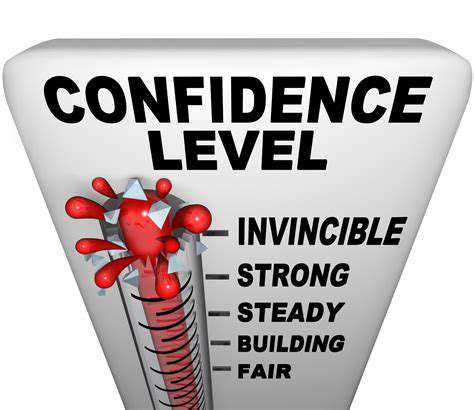

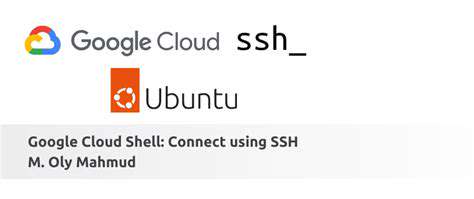
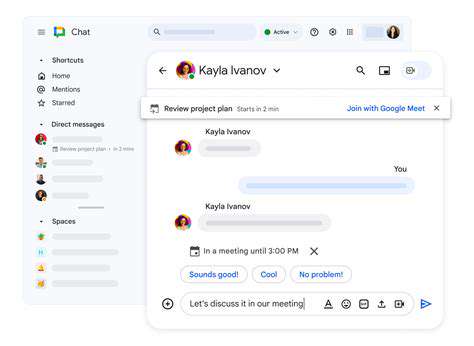
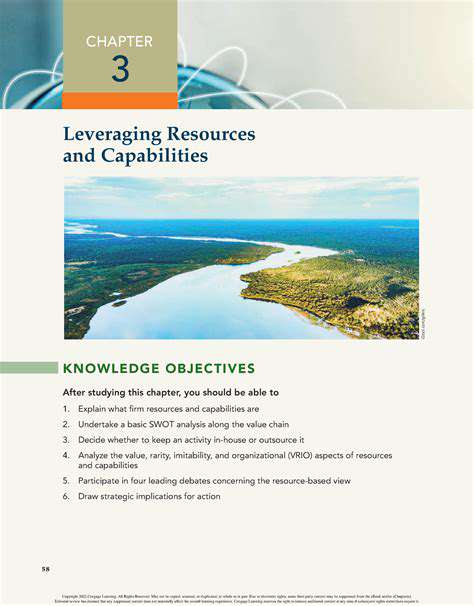
![How to Improve Your Memory and Retention [Techniques]](/static/images/32/2025-05/OptimizingYourLearningEnvironment3ASettingtheStageforSuccess.jpg)




